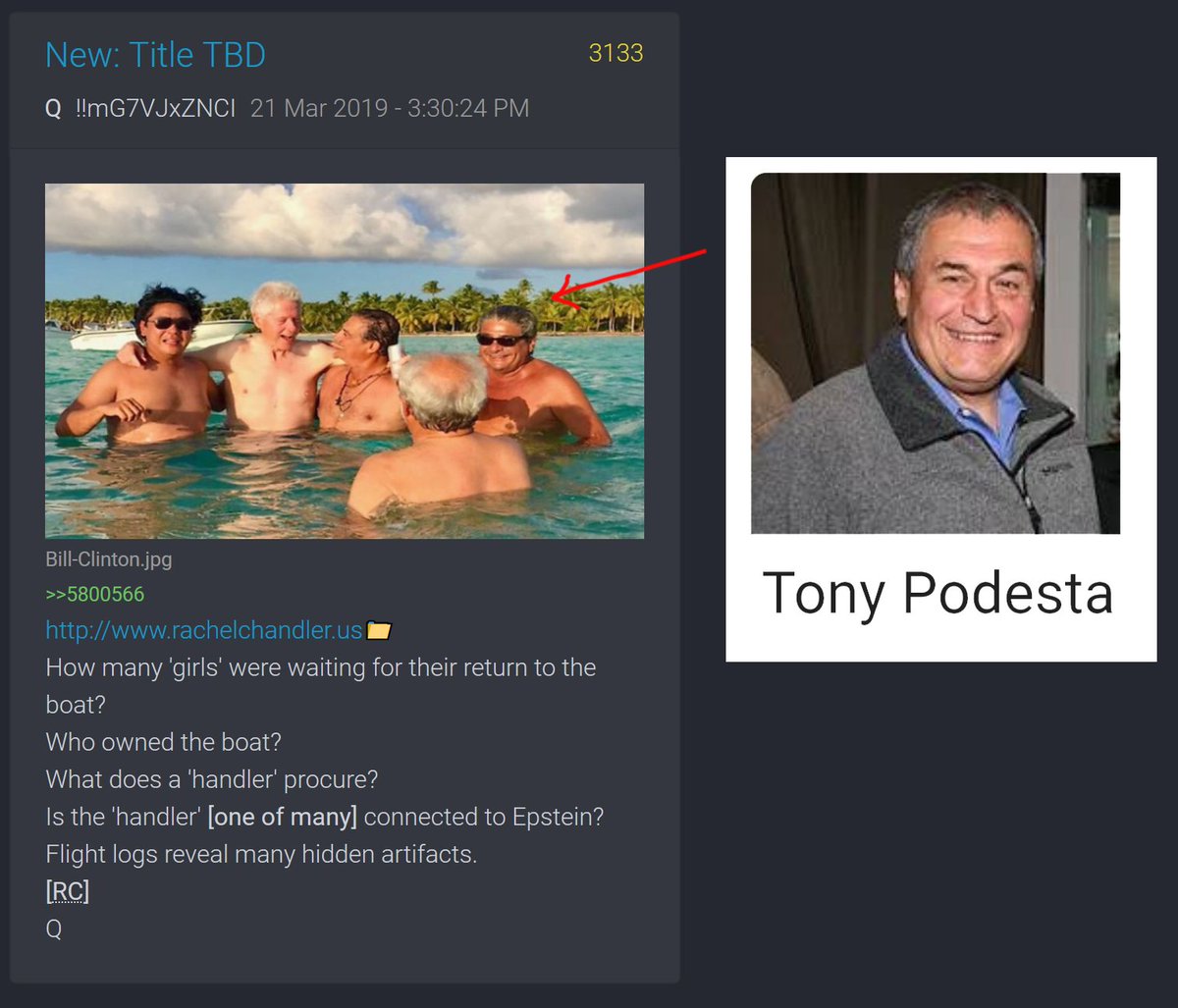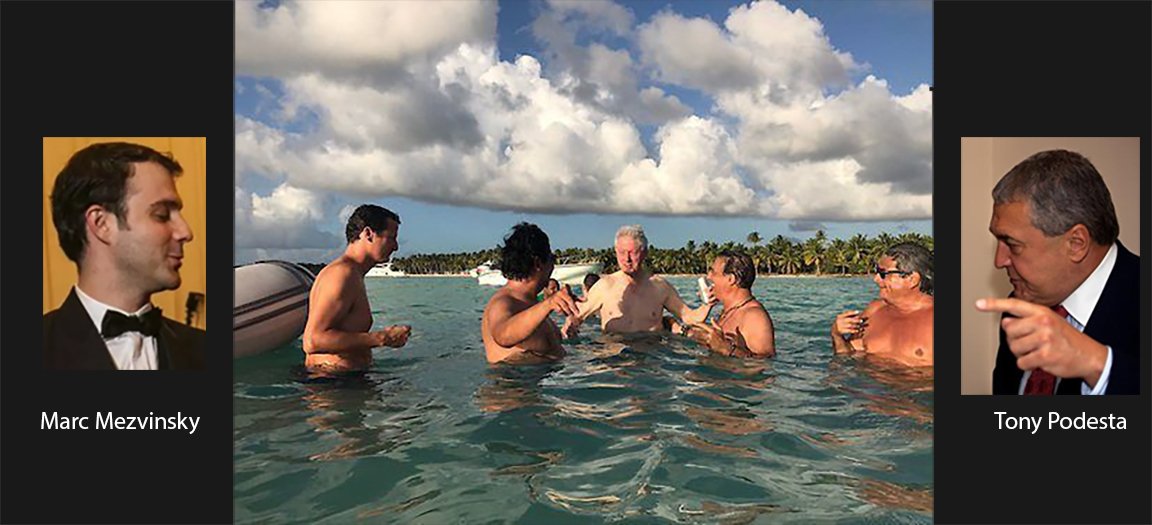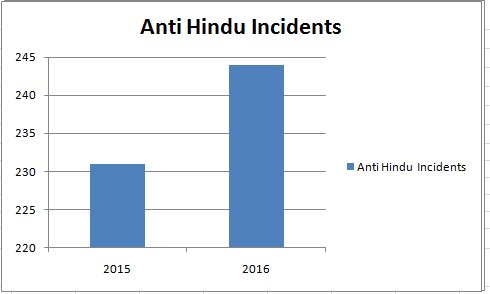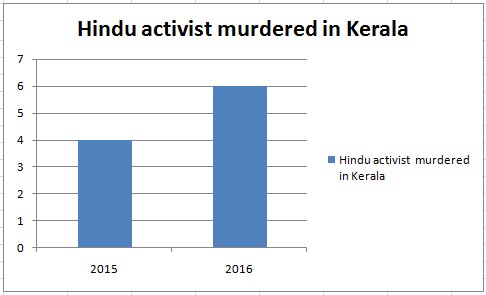thepolisproject.com/are-lynchings-…
Hung pitifully o'er the swinging char.
Day dawned, and soon the mixed crowds came to view
The ghastly body swaying in the sun:
The women thronged to look, but never a one
Showed sorrow in her eyes of steely blue;
Danced round the dreadful thing in fiendish glee.”
~ 'The Lynching', by Claude McKay (1922)
into my throat till I swallowed my own blood.
My voice was drowned in the roar of their voices, and my
black wet body slipped and rolled in their hands as
they bound me to the sapling." #StopLynchings
me in limp patches.
And the down and quills of the white feathers sank into
my raw flesh, and I moaned in my agony.
Then my blood was cooled mercifully, cooled by a
baptism of gasoline." #StopLynchings
Panting, begging I clutched childlike, clutched to the hot
sides of death.
Now I am dry bones and my face a stony skull staring in
yellow surprise at the sun.... "
#StopLynchings








